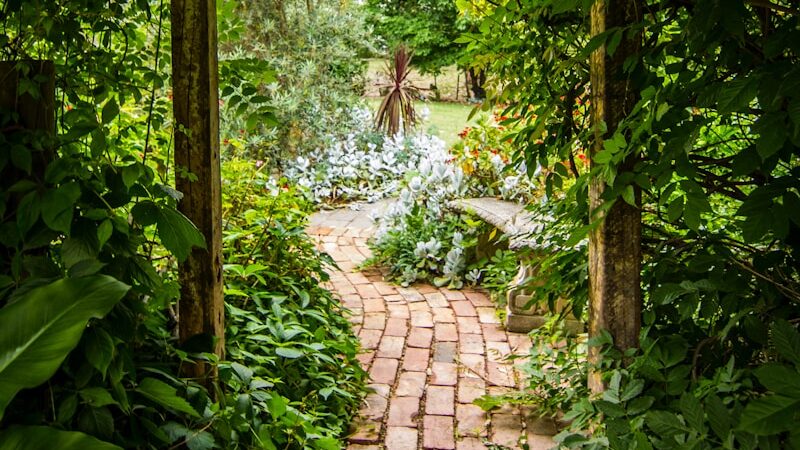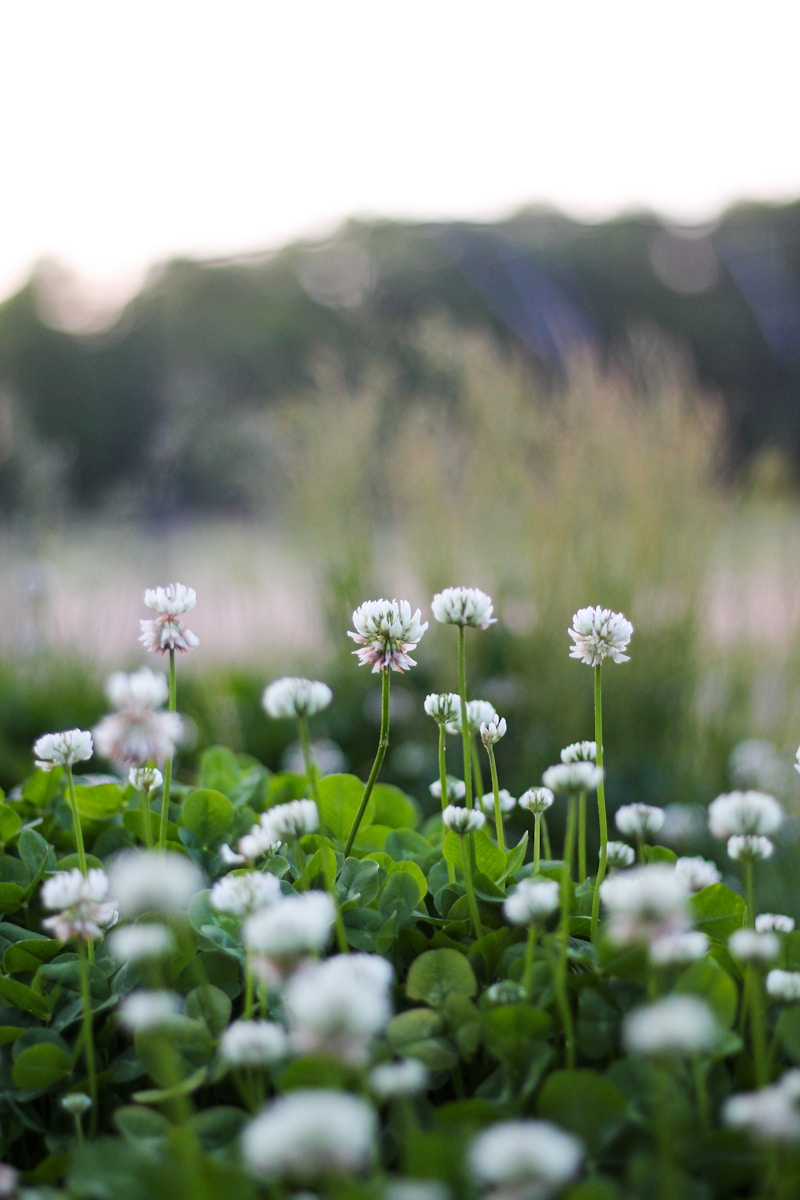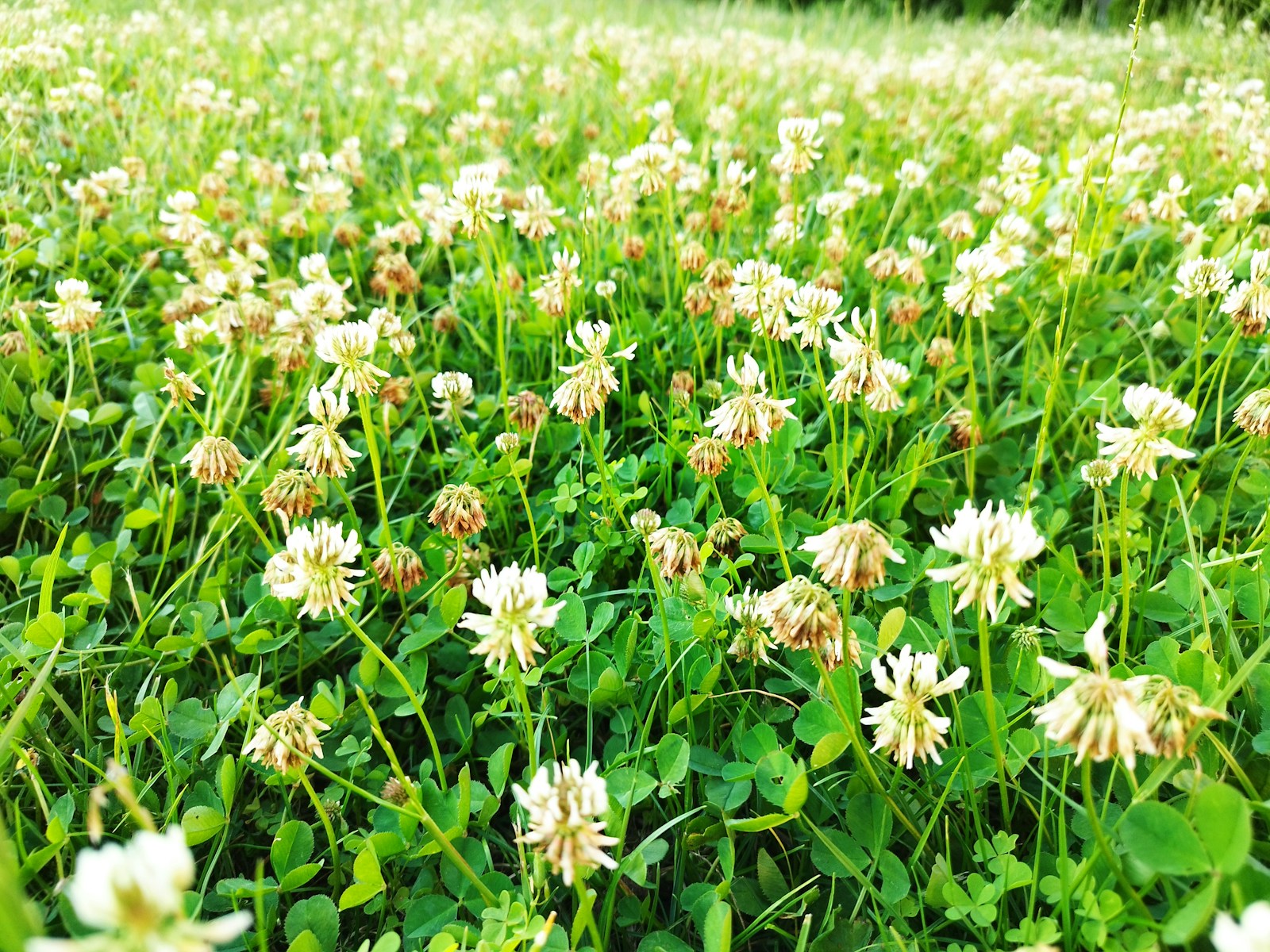A meditation garden offers a serene retreat from the hustle and bustle of daily life. Whether you have a sprawling backyard or a modest urban space, designing a meditation garden can provide a sanctuary for relaxation and mindfulness. In this guide, we will explore meditation garden design ideas to help you create a peaceful oasis right in your own home.
Why Create a Meditation Garden?
A meditation garden enhances your well-being by offering a tranquil space to practice mindfulness, yoga, or simply enjoy nature. Studies suggest that spending time in nature can lower stress levels, improve mood, and boost overall health.
Step 1: Choosing the Right Location
Selecting the right spot is crucial for a successful meditation garden. Consider the following factors:
Privacy
Choose a quiet area shielded from noise and distractions.
Natural Light
Aim for a balance of sunlight and shade.
Accessibility
Ensure easy access from your home without being too exposed to daily traffic.
Step 2: Defining Your Garden’s Purpose
Ask yourself how you want to use the space:
- A place for daily meditation practice
- A retreat for relaxation and reflection
- A communal space for yoga and mindfulness with family
Step 3: Selecting Design Elements

Meditation garden design ideas often include natural elements to enhance tranquility. Some key features include:
Pathways
Create winding paths using materials like:
- Gravel
- Stepping stones
- Brick
Water Features
Adding water elements creates a soothing ambiance. Consider:
- Small fountains
- Reflecting pools
- Bubbling rock features
Plants and Greenery
Choose plants that promote calmness and are easy to maintain, such as:
- Lavender (calming fragrance)
- Bamboo (symbol of resilience)
- Moss (soft ground cover)
Seating Areas
Incorporate comfortable seating options, such as:
- Wooden benches
- Meditation cushions
- Hammocks
Decorative Elements
Include aesthetic features that encourage introspection:
- Zen sand gardens
- Wind chimes
- Statues of Buddha or other meaningful symbols
Step 4: Choosing a Color Palette
Colors have a psychological impact, so choose wisely:
Green
Promotes relaxation and renewal.
Blue
Encourages a sense of calm and peace.
Earth Tones
Create a grounding effect.
Step 5: Lighting for Ambiance
Soft lighting enhances the atmosphere, especially in the evening. Options include:
- Solar-powered garden lights
- Candles or lanterns
- LED string lights

Step 6: Incorporating Aromatherapy
Enhance your meditation practice with fragrant plants and essential oils:
- Jasmine
- Rosemary
- Eucalyptus
Step 7: Creating a Soundscape
Natural sounds can elevate the experience. Add:
- Wind rustling through trees
- Bird feeders to attract chirping birds
- Soft background music with nature sounds
Common Mistakes to Avoid
- Overcrowding the space with too many elements
- Ignoring seasonal changes and plant maintenance
- Placing the garden in an area with excessive noise
Sustainability Considerations
To make your meditation garden eco-friendly:
- Use native plants that require minimal water
- Install rainwater harvesting systems
- Choose sustainable materials for pathways and seating
Case Study: A Tranquil Retreat in Austin, TX
Mary, a homeowner in Austin, transformed her small backyard into a meditation oasis. She incorporated drought-resistant plants, a small stone fountain, and bamboo screens for privacy. Over time, she noticed a significant improvement in her stress levels and overall well-being.
Final Thoughts
Creating a meditation garden can provide a peaceful escape and enhance your quality of life. Whether you prefer a minimalist Zen garden or a lush retreat, following these step-by-step guidelines will help you achieve your vision.



